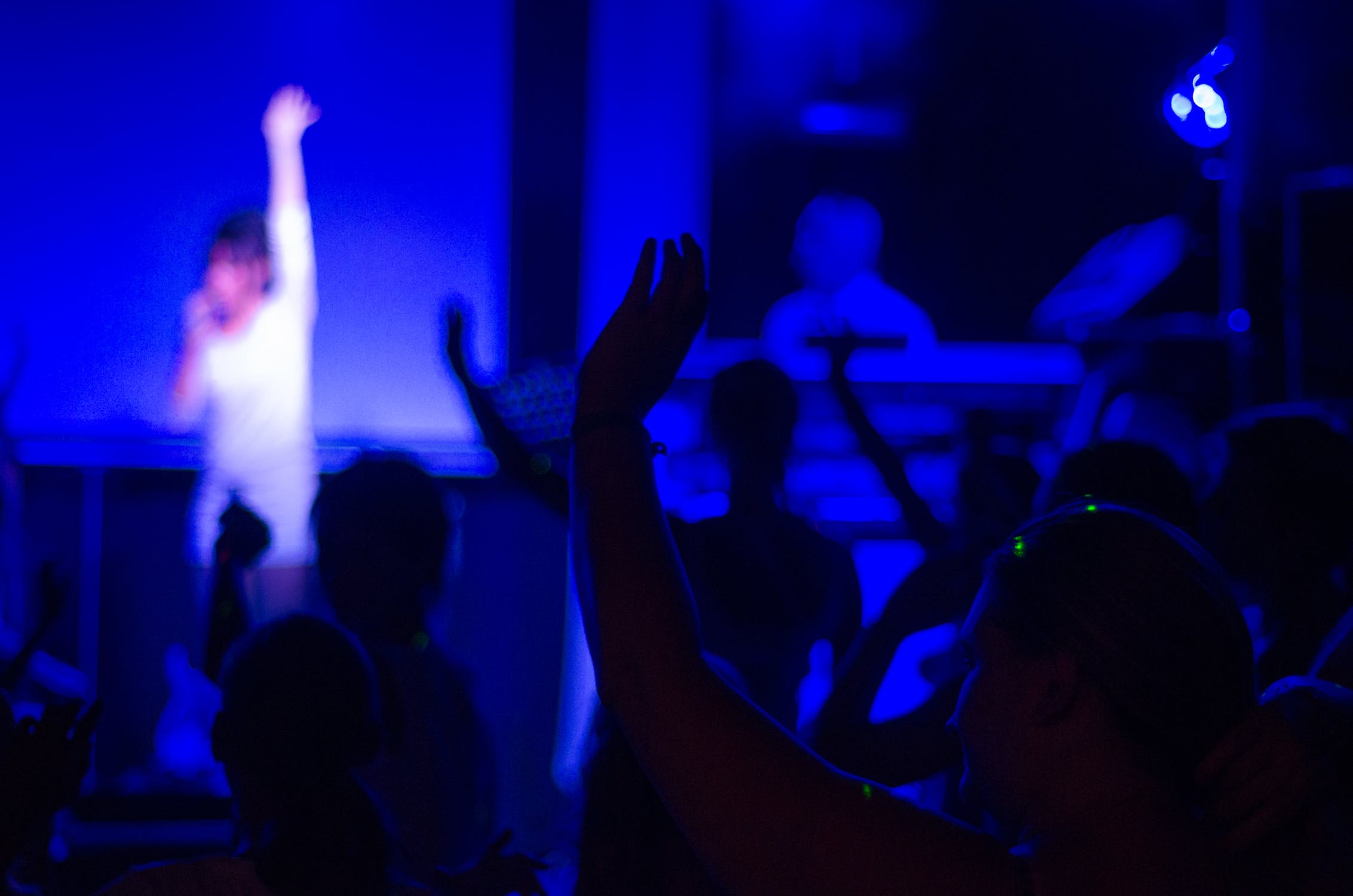Royalty-free music stands as a cornerstone in the creative realm, an indispensable tool that empowers creators across various industries. Its significance lies not just in the melodic tunes but in the freedom and legal advantages it offers. Unlike copyrighted music, royalty-free music eliminates the need for ongoing payments for each use, providing a cost-effective and accessible solution to incorporate quality soundtracks into diverse projects.
At its core, royalty-free music encompasses compositions and tracks that creators can use without worrying about copyright infringement. This freedom from legal entanglements grants artists, filmmakers, content creators, and businesses the liberty to utilize music without restrictions, fostering a more dynamic and innovative creative environment.
The beauty of royalty-free music lies in its expansive libraries that cater to an array of preferences and project requirements. Ranging from cinematic orchestrations to ambient beats, classical melodies to modern pop, these libraries offer a vast array of genres, moods, and tempos. This breadth of choices allows creators to precisely align music with the thematic elements of their projects, ensuring an immersive and cohesive experience for their audiences.
The adaptability of royalty-free music transcends boundaries, serving as a global language for storytelling. Its absence of linguistic barriers and its innate ability to evoke emotions universally make it an invaluable asset for creators aiming to connect with diverse audiences worldwide.
In essence, royalty-free music isn’t merely a collection of melodies; it represents a catalyst for innovation, a facilitator of creativity, and a bridge that connects creators to their audiences. Its role extends beyond enhancing projects; it fosters a culture of unrestricted creativity, enabling creators to unleash their full potential without the fear of legal repercussions. This freedom to create and innovate unencumbered stands as the true essence and power of royalty-free music in the modern creative landscape.
Content Creation: From YouTube videos to podcasts and beyond, royalty-free music amplifies content across digital platforms. Its vast libraries offer tunes that complement narratives, evoke emotions, and captivate audiences without copyright hassles.
Film and Video Production: In filmmaking, music acts as an emotional guide, intensifying scenes and driving narratives. Royalty-free music enables filmmakers to elevate storytelling without legal concerns, fitting melodies perfectly into scenes.
Advertising: Advertisements thrive on evoking emotions, and music plays a pivotal role. Royalty-free music provides marketers with a diverse range of soundtracks, enabling them to create compelling, brand-aligned content for commercials and campaigns.
Gaming Industry: Immersive gaming experiences heavily rely on soundtracks to set the mood and engage players. Royalty-free music grants game developers access to a spectrum of music genres, enhancing gameplay and creating memorable experiences. This complements for example, sound effects, another big part of gaming.
Educational Content: Learning materials, online courses, and educational videos benefit immensely from background music. Royalty-free music aids in holding learners’ attention, making educational content more engaging and memorable.
Podcasting: Podcasts flourish with music intros, transitions, and background tunes. Royalty-free music provides podcasters with a vast selection to reinforce their brand, set the tone, and maintain listener interest.
Live Events and Presentations: Conferences, seminars, and live events gain an extra dimension with music. Royalty-free music offers organizers the freedom to select tracks that complement themes and energize audiences without legal constraints.
Website and App Development: User experiences in digital platforms are heightened by well-chosen music. Royalty-free music aids web and app developers in incorporating sound elements that enhance user interaction and engagement.
Vlogs and Travel Videos: Capturing life experiences through vlogs and travel videos is amplified by music that complements visuals. Royalty-free music offers creators a range of tracks to match different moods and scenes, enhancing storytelling.
Fitness and Wellness: Workout videos, meditation sessions, and wellness content benefit from motivational and soothing tracks. Royalty-free music supports trainers and content creators in creating an immersive environment for fitness and wellness enthusiasts.
Corporate Presentations: From internal meetings to external presentations, music can enhance the impact of corporate communication. Royalty-free music provides a professional touch, elevating the mood and engagement during presentations.
Film Festivals and Competitions: In events celebrating cinematic achievements, royalty-free music emerges as a savior. Filmmakers can use diverse tracks without worrying about copyright infringement, enhancing their submissions and presentations.
Royalty-free music’s influence transcends mere background melodies; it symbolizes a paradigm shift in creative expression. Its adaptability across diverse platforms and its seamless integration into various projects underscore its relevance in the modern creative landscape.
Looking ahead, the trajectory of royalty-free music appears boundless. Its evolution continues to be shaped by technological advancements, user demands, and the ever-expanding array of creative endeavors. With the proliferation of streaming platforms, podcasts, social media, and digital content, the demand for diverse, high-quality music is soaring. Royalty-free music, with its extensive libraries and legal advantages, is well-poised to cater to this burgeoning need.
Moreover, as global connectivity increases, the role of music in cross-cultural communication becomes pivotal. Royalty-free music’s universality and accessibility position it as a potent tool for fostering cultural exchange and understanding. It serves as a conduit for shared experiences, transcending geographical boundaries to create emotional connections among diverse audiences worldwide.
The democratization of creativity, facilitated by royalty-free music, empowers individuals and businesses alike. It enables aspiring artists to showcase their talents, independent filmmakers to tell compelling stories, and content creators to engage audiences without financial constraints or legal hurdles. This empowerment sparks innovation, driving the creation of richer, more diverse content across industries.
Furthermore, the future of royalty-free music lies in its potential to embrace emerging technologies. AI-driven music creation, personalized soundtracks, and interactive experiences are on the horizon. As machine learning and AI algorithms improve, these technologies could revolutionize the way creators access and utilize royalty-free music, offering tailor-made solutions that cater to specific project requirements and audience preferences.


